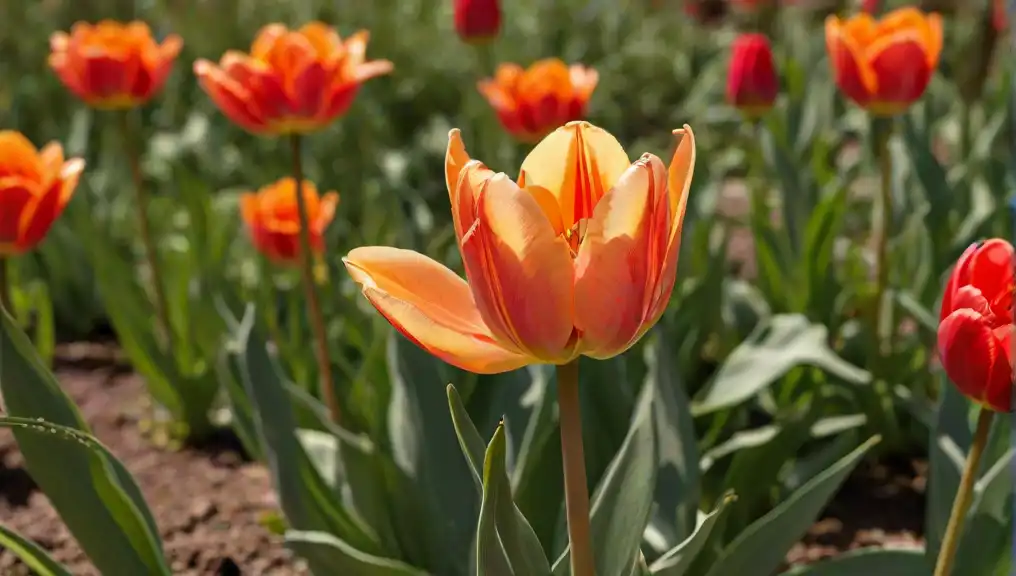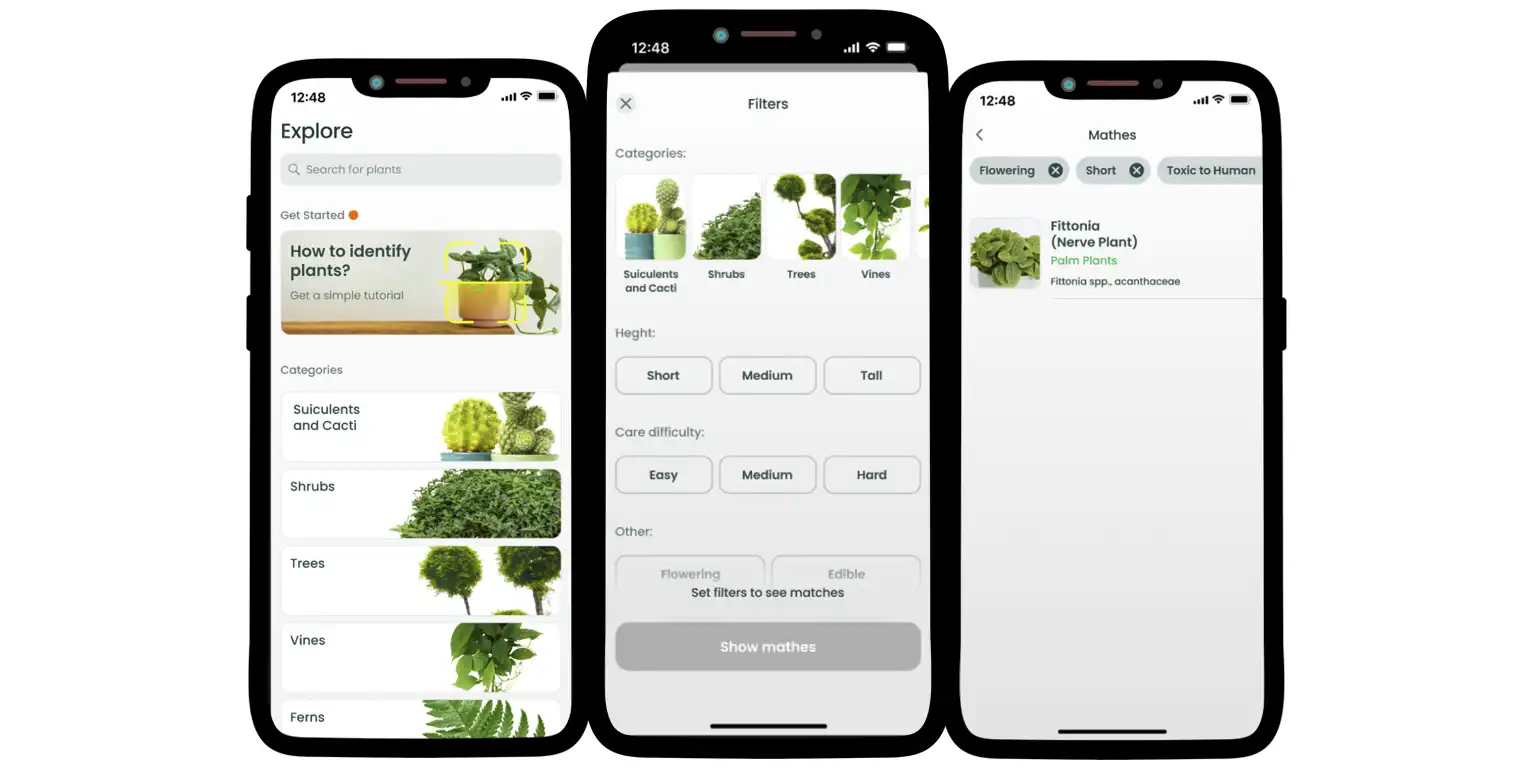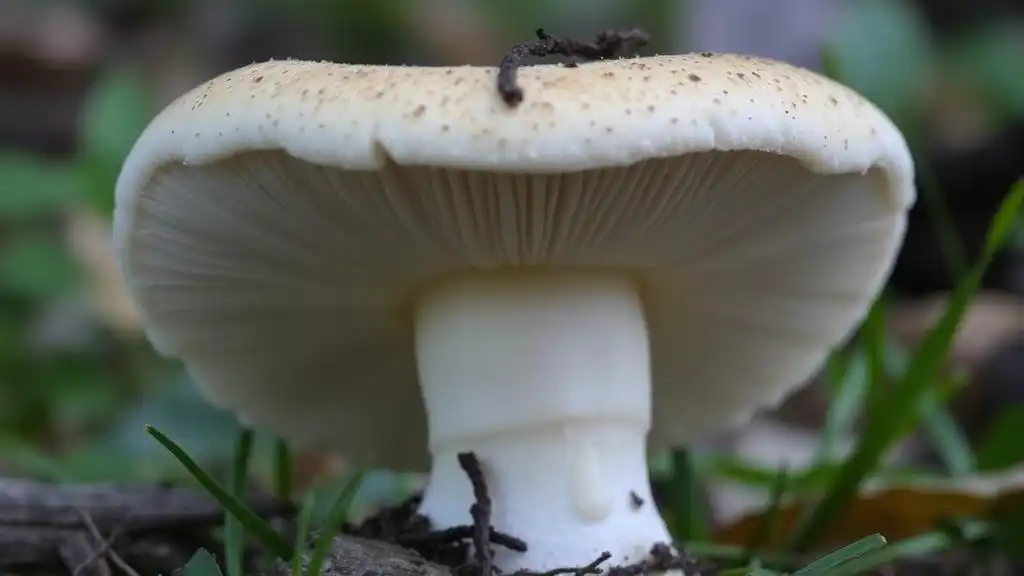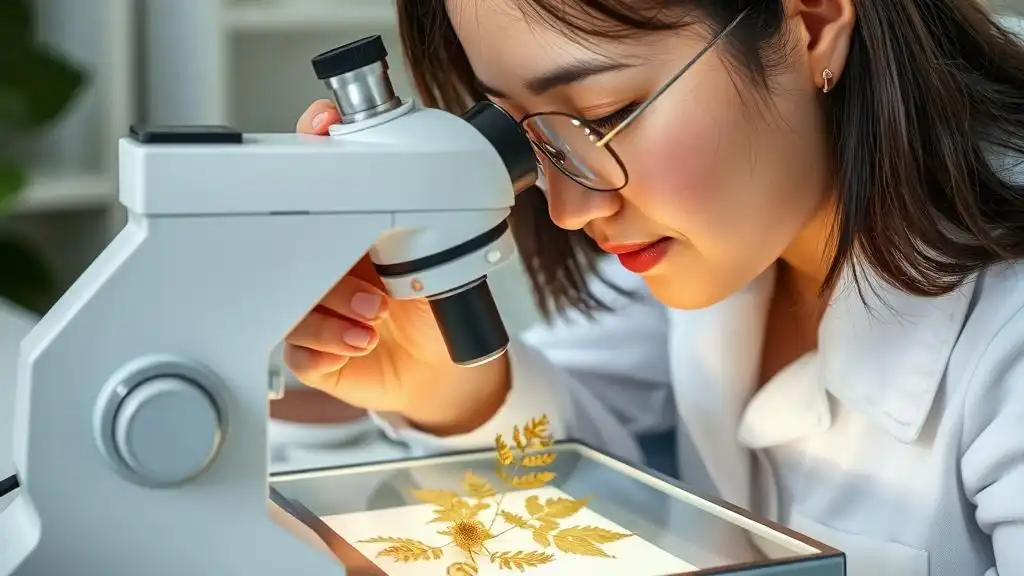Of Flowers and Fruit: All You Need to Know About Angiosperms

When one encounters the term “angiosperm”, it might be complicated at first to figure out what it really means. However, the answer is lying on the surface. The flowering plants we all know and frequently get attracted to are indeed angiosperms, plants with a specific structure and natural purpose, too. But what does it mean in particular? Why do angiosperms produce fruit?
Contents:
When one encounters the term “angiosperm”, it might be complicated at first to figure out what it really means. However, the answer is lying on the surface. The flowering plants we all know and frequently get attracted to are indeed angiosperms, plants with a specific structure and natural purpose, too. But what does it mean in particular? Why do angiosperms produce fruit?
Today, we would like you to get acquainted with the world of angiosperms, understand how they look like, contemplate their importance, and learn what to do so as to identify them accurately. Let us make plant science more pleasant and joyful for good.

What Do We Usually Mean by Angiosperms?
If we refer to angiosperm, we usually talk about an extensive group of plant species also known as flowering plants. In essence, flowering plants comprise a dominant vascular group of different instances found across floral ecosystems worldwide (approximately 80% of all plant species). When one sees a plant with flowers or fruits, it is an angiosperm for sure (we believe).
But why do these plants need fruit? The answer is rather simple. To be brief, fruits serve as storages for seeds that efficiently protect them from the outer world. For a more comprehensive explanation, do not hesitate to read this article further.
Briefly About the Structure
Our team is sure that it is important for anyone to understand what flowering plants usually look like. So, why don’t we briefly cover a well-defined angiosperm structure composed of the key parts?
Root System: The first layer of the plant, its anchor, and a charger is a root system, which is used by angiosperms to absorb water and essential nutrients from the soil.
Stem: Since angiosperms are considered vascular plants, they definitely have stems formed of xylem and phloem responsible for water and nutrient transportation within the plant’s system.
Leaves: What these plants ultimately need is photosynthetic activity, which is impossible without the leaves, i.e., the main part of the plant involved in the process of energy production.
Flowers: Though the structure of flowers is complicated, it is crucial to know its main parts, i.e., petals (that attract pollinators), stamens (consist of the anther that produces pollen and filament that supports the anther), and carpels (consist of the stigma that receives pollen, the style that connects stigma with ovary, and ovary that contains ovules and transforms into a fruit).

Fruits: Do all angiosperms produce fruit? Yes, they do, though their forms usually differ. While most people do not think of fruits as seed protectors only, fruits are botanically seen as the products appearing from the ovary and storing the seeds, which is possible as a result of fertilization.
Seeds: Last but not least part of a plant is the seeds that contain the embryonic plant and serve as a new beginning for the further plant generations.
How Do Angiosperms Reproduce?
The process of fruit formation is a natural result of fertilization and plant reproduction, and flowers, the most distinctive feature of angiosperms, are the reproductive structures that contain stamens (i.e., male parts) and carpels (i.e., female parts). When pollen is transported by insects, birds, water, wind, or other animals, it usually reaches the top part of the carpel, and, thus, pollination occurs.
Generally speaking, angiosperms produce flowers with ovaries hidden inside. As soon as the ovule is fertilized after pollination, it gradually turns into a seed. Thereafter, the ovary itself begins to transform into a fruit, which encases and protects the developing seeds from external irritation. When conditions are favorable, the seed starts the germination process, thus closing its cycle and launching a new one.
By the way, there is no universal rule on how the fruit should look like, so they usually take various forms, e.g., these might be berries, fleshy fruits, nuts, and grains, too.
Why Do Angiosperms Matter to Us, Humans
The first and foremost benefit of angiosperms is its edibility. The vast majority of the food we eat comes from angiosperms, i.e., vegetables, nuts, fruits, and so on, though there exist species toxic for humans and animals alike. Besides, many medical drugs were originally derived from flowering plants, e.g., aspiring or morphine, not to mention their natural aesthetic value, oxygen production, ecological importance, and the like.

How to Identify and Explore Plants Efficiently?
Angiosperms are common floral creations that most people know about yet barely do they realize the nature that lies deep down in these plants. For those interested in exploring angiosperms and learning more detail about the particular plant species, there appeared various plant ID apps that promote plantEd and facilitate the gardening experience as well. One of the most prominent platforms is AI Plant Finder.
AI Plant Finder is a promising app designed for plant enthusiasts from all over the world to explore the flora and ameliorate their gardening routine with the use of instant support for good. The app, in fact, offers valuable features for both novices who do not know where to start and professional gardeners who face peculiar challenges and delve deeper into plant science. This is where AI Plant Finder may appear at its best.
Among the features, the app boasts one may note plant ID, an in-app camera that accurately detects a plant with one snap, and a disease ID that works identically but identifies the problem of why your plants have been suffering and suggests treatment plans to make your garden healthy again.
Besides, it is easy to explore plants, for the app incorporates a limitless database of more than 300,000 plant species stored there. Discover new items category by category and share your thoughts with the community with ease.

Though the name “angiosperms” terrifies most plant lovers, it is actually an obvious and casual instance of nature that provides us with food, shelter, and finances, too. Understanding what angiosperms mean is a major step toward a more sensible society and sustainable use of natural resources, so work hard to create the garden of your dreams with sufficient knowledge in your mind.
Share:
Read More
Identify Any Plant, Diagnose Every Disease
Download Our App Now!


